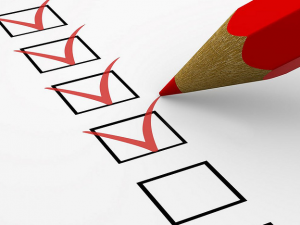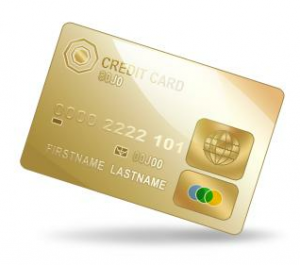Before continuing with the last file opening in Box 1 of my important documents, I need to do a little maintenance. Having ordered our credit reports this past week, I realized I had not posted a friendly reminder this month.
If you are following my recommended schedule for requesting your credit reports, then it is time to check another report from a credit bureau. You may make your request by phone, mail, or through their web site.
Before ordering your credit report, be sure you have waited at least one year since your last request for that report. If you make a second request within one year, then you will be charged for the second request. With the option for a free report each year, you do not need to pay a service fee for your report.
In using time wisely, I request my husband’s and my credit report every 4 months. By alternating which report is checked, I can keep an eye on any irregularities throughout the year. This month, I requested Paul’s TransUnion report and my Equifax report.
When the reports arrive by mail, I will review them for errors. If a discrepancy is noted, then I will dispute it. If all is correct, then I will replace this report with last year’s record in the first file slot of my Box 1 documents. I will also run a free TransUnion credit score. After comparing this score with last year’s record and noting any changes, I will file this record with the current credit report. The file will then be put away until February 2012.
By using time wisely and keeping my important documents’ file organized and up-to-date, I can easily find items needed within a short block of time. In the event I need to access these records, I will have accurate information at my fingertips. Keep plugging along. Your investment of money, energy, and time in getting these documents organized will save you frustration, headaches, and irritation in the future. Happy Organizing!
Question: How many discrepancies are your finding in your credit reports? Looking for your answer. 🙂





